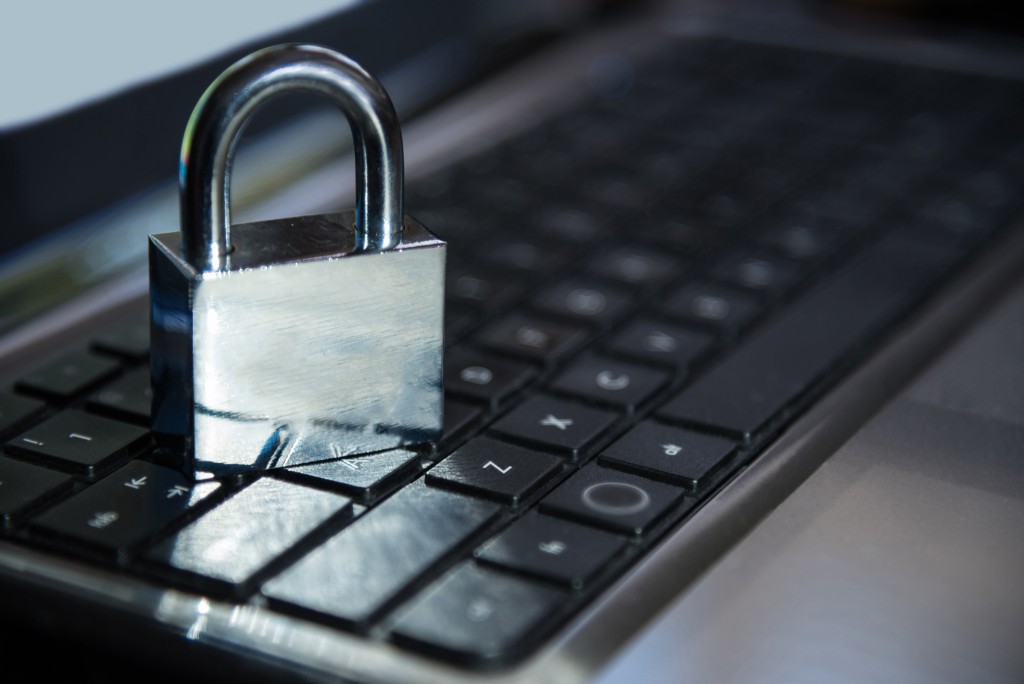Data destruction or data disposal is an important part of data management. Data destruction pertains to the automated and electronic data destruction process. It must be conducted such that the original data are rendered completely unreadable and, therefore, unusable. Even if your business is small, the amount of data it generates can be tremendous.
Data that eventually becomes redundant or outdated necessitates its destruction. It is vital to a business’s security to destroy such data, as not accomplishing this with due diligence has its consequences. Performing this task is best left to professional data management service providers.
Physical Data Destruction
Despite most data becoming more digital in nature, it’s not unusual for your business to have physical documents. Physical documents may no longer be relevant as they are outdated, but that does not mean that they don’t contain sensitive information that can be harmful if found by the wrong people.
There have been many reports of sensitive data carelessly disposed of, such as this case of child welfare information recklessly thrown in a council dump. Careless disposal of sensitive data can endanger the persons involved, as well as damage the reputation of the company contracted to handle the data.
Digital Data Destruction
In some cases, there will be a random PC or Mac workstation that a relocating or upgrading business won’t use or prefer to dispose of. These machines may already be outdated, are slow, have operating issues, or are simply an excess of the IT requirements. Even if the disposed machine no longer functions, any information contained within the hard drive may still be retrieved if it’s placed in a working PC or Mac. Should you hire a clearing company to dispose of unwanted equipment, be sure that they can completely destroy the data and supply you with proof of its completion.
Data Destruction Methods

Depending on the type of data handled, these are the commonly used ways of destroying data. You can perform some of these methods yourself. But if the amount of data to be disposed of is too large to do in-house, you should consider hiring a professional service company.
Shredding. This is a traditional method that’s most effective for DIY physical data destruction. As this can be a tedious and labor-intensive procedure, hiring a specialist data disposal service is preferred over tasking employees to take on the job.
Overwriting . This is an effective solution for digital data stored on hard disks and servers. A data disposal or data management company will use specific software to overwrite data on specific parts or in the entirety of digital media.
Degaussing. By using a degausser, data is erased by removing or reducing the magnetic field on most forms of digital storage media. Degaussers are extremely effective at data destruction, as they are exclusively designed for this purpose.
Drilling. Another way to destroy the contents of digital storage such as hard drives is to use a drill and punch a hole through them. You can refer to this guide as to how to retrieve the hard drive, where to drill the hole and render the data irretrievable.
The Risks of Improper Data Destruction
If you dispose of any physical or electronic records that contain sensitive data irresponsibly, you may be liable for data breach under the Data Protection Act of 2018. While you may not be directly responsible for maliciously using the data, you can be charged for negligence that may contribute to a possible data breach, as in the case of NHS Surrey that carelessly disposed of three computers with data on 3,000 patients.
Data destruction may seem like a trivial matter. If your company handles sensitive information, you must take these steps to ensure that the data is properly destroyed and rendered unusable. Remember that you could face legal consequences if your sensitive data is retrieved and used maliciously.

